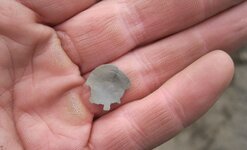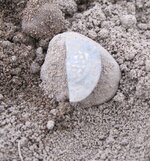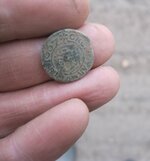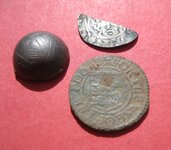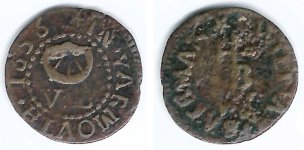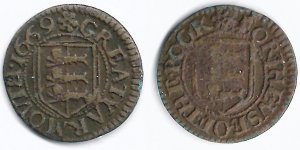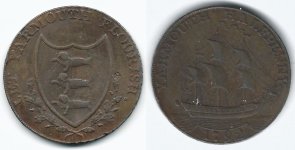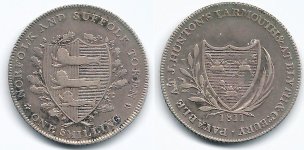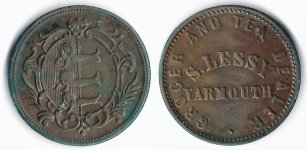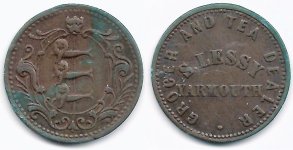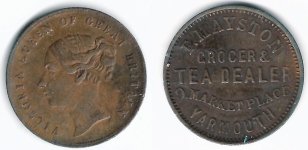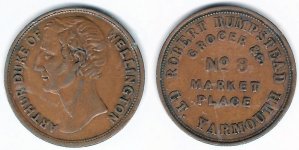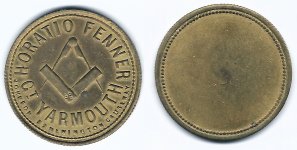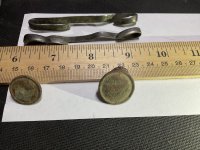robfinds
Silver Member
This afternoons session was short, but good. Two hammered coins fell to the Deus. One completely hammered, the other a nice cut half short cross 13th century. Best of all a 17th century token. This one dated 1667, from Great Yarmouth in Norfolk. On one side it say's "for use of the poor". Love finding these 17th century tokens. This one is in good condition. it's been pierced, to take it out of circulation, in the late 17th century.
Robert.
Robert.
Attachments
Upvote
13


